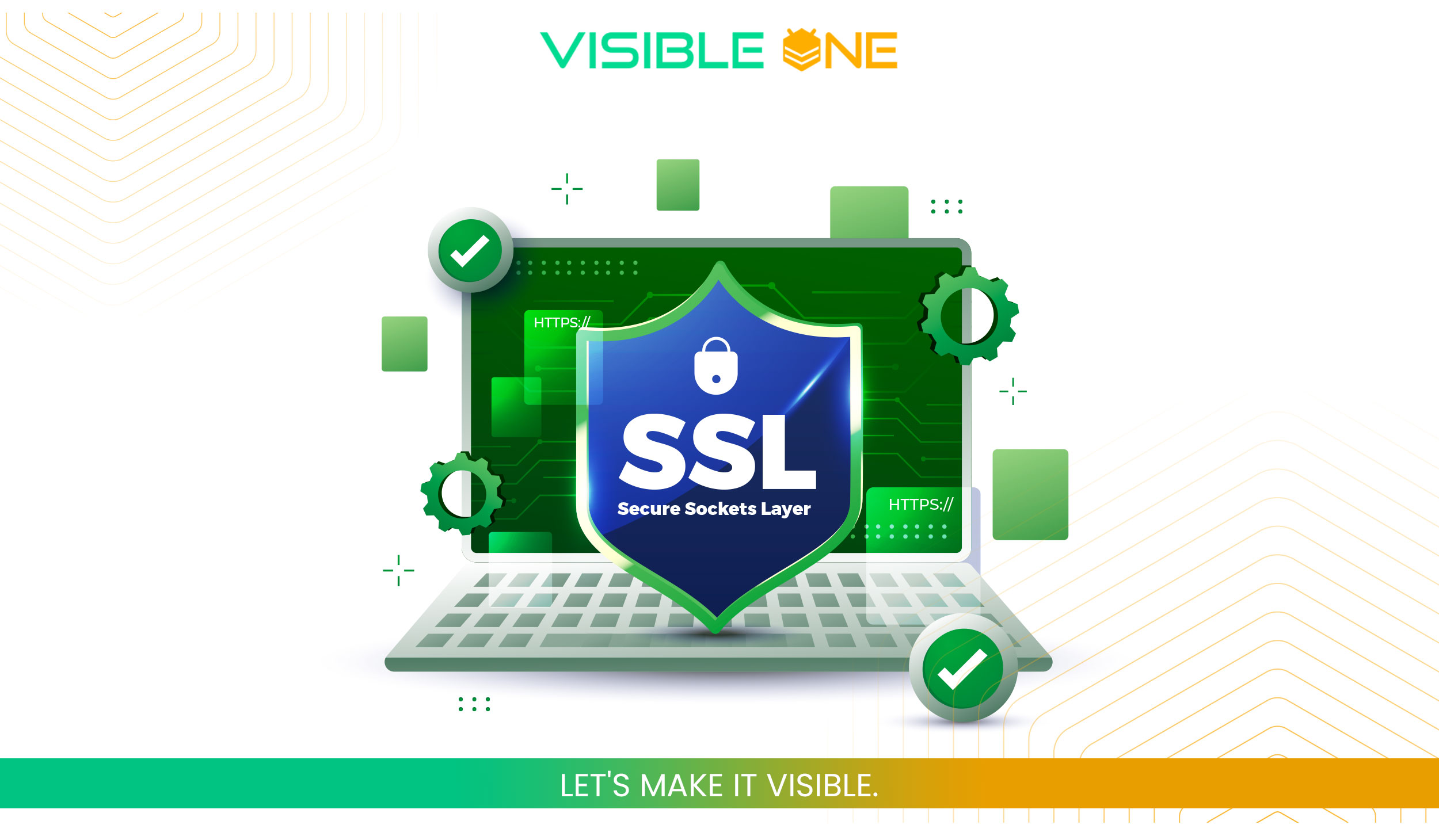7 Important Features of a Business Website

The significance of having a well-designed website cannot be overstated. A website often serves as the first point of interaction between a business and its potential customers, setting the tone for their entire relationship. The design and functionality of a website play a pivotal role in shaping the user's experience and perception of the brand. A thoughtfully designed website captures the essence of a brand and facilitates smooth navigation, making it easier for visitors to find what they are looking for.
The impact of user experience on a website's performance is profound. For instance, a well-designed website with intuitive navigation and clear calls-to-action can make users spend more time visiting multiple pages on the site.
Conversely, a negative experience can result in high bounce rates and a loss of potential customers. Engagement is closely tied to conversion rates; the more users interact with a website, the more likely they are to take a desired action, whether making a purchase, signing up for a newsletter, or filling out a contact form.
Responsive Design
In our increasingly mobile world, responsive design has become a cornerstone of website development. It allows websites to seamlessly adapt to different screen sizes and devices, ensuring a consistent and engaging user experience. With the growing prevalence of smartphones and tablets, more people are accessing the internet on the go. A responsive website caters to this mobile audience, providing convenience and accessibility. Additionally, responsive design is not just about user convenience; it also has business benefits. By accommodating all screen sizes, a website can appeal to a broader audience, increasing its potential for traffic and engagement.
The significance of responsive design extends beyond user convenience. It is a critical factor in reaching a wider audience. A mobile-friendly website caters to a larger demographic, encompassing all who use their mobile devices for internet access. This inclusivity is not only beneficial from a user experience standpoint but also from a business perspective. By accommodating all screen sizes, a website can appeal to a broader audience, enhancing its potential for traffic and engagement.
Visible One's UI/UX Web Design Services prioritizes creating sites that adapt to various screen sizes and devices.
Moreover, responsive design directly impacts Search Engine Optimization (SEO). Search engines like Google prioritize mobile-friendly websites in their search rankings. This means a website optimized for mobile devices is more likely to rank higher in search results, increasing its visibility and attracting organic traffic. By implementing responsive design, websites can improve their SEO performance and reach a wider audience.

The benefits of a responsive design go beyond user convenience and SEO. It also includes maintaining a consistent brand image and message across all platforms. A responsive website eliminates the frustration of distorted photos or text and the need for excessive scrolling or resizing. By providing a well-executed responsive design, websites can offer a smoother and more intuitive user experience, keeping visitors on the site longer and encouraging them to engage with the content.
Straightforward and Intuitive Navigation
The navigation of a website acts like a map, guiding visitors through the site's content. Straightforward and intuitive navigation is paramount in ensuring a positive user experience. A well-designed navigation structure allows users to find information quickly and easily, reducing frustration and increasing the likelihood of a more extended stay on the site.
Effective navigation begins with a logical structure, well-organized content layout, and a hierarchical arrangement that makes sense to the user. Websites like Nielsen Norman Group provide excellent resources and case studies on creating user-friendly navigation. Using descriptive labels in menus is also crucial; they should be straightforward and indicate the content they lead to, avoiding industry jargon that might confuse visitors.
Another aspect of navigation is the importance of decluttering menus. Overloading a navigation menu with too many options can overwhelm users. Tools like Optimizely can be instrumental in conducting A/B testing to determine your site's most effective navigation layout. It’s about balancing providing enough options to satisfy user queries and keeping the menu uncluttered and organized.
Additionally, incorporating a search function can significantly enhance navigation, especially for content-rich websites. This feature lets users quickly locate specific topics or products, improving the overall user experience. Websites like Search Engine Land offer insights on optimizing site search functionality for better user engagement.
Contact Information and Call to Action
One of the most crucial elements of any website is its ability to connect with its users. This connection is primarily facilitated through easily accessible contact information and strategically placed call-to-action (CTA) buttons. These components are vital in guiding users toward engaging directly with the business through inquiries, purchases, or other interactions.
Prominently displaying contact information—such as phone numbers, email addresses, and physical location, if applicable—is fundamental. This transparency not only builds trust but also provides a clear pathway for communication. Websites like HubSpot offer various resources on effectively presenting contact information and integrating contact forms to enhance user engagement.
Equally important is the role of CTAs in a website's design. A well-placed CTA button can significantly influence user behavior, nudging them toward a desired action, whether subscribing to a newsletter, downloading a resource, or purchasing. These buttons should be visually distinctive and feature compelling, action-oriented language.
Resources from Marketing Land can be beneficial for ideas and best practices for crafting effective CTAs.
The impact of a well-crafted CTA on conversions and lead generation cannot be overstated. It's about creating a sense of urgency and making it easy for users to take the next step. Whether through a sign-up form, a 'Buy Now' button, or a 'Contact Us' link, these elements transform passive website visitors into active participants and loyal customers.
Fast Loading Speed
The speed at which a website loads is a critical factor in user experience and search engine optimization (SEO). In a fast-paced digital world, users expect quick access to information. Websites that load slowly are likely to frustrate visitors, leading to high bounce rates and decreased user satisfaction.
In contrast, a website that loads quickly improves the user experience and motivates visitors to explore the site further.
The impact of loading speed on SEO is also significant. Search engines like Google consider page speed as a ranking factor. Websites that load quickly are favored in search engine results, making them more visible to potential visitors. Resources like Google's PageSpeed Insights provide valuable feedback on improving a website's loading speed.
There are several strategies to enhance a website's loading time. Optimizing images is one of the most effective methods that involves resizing images and using appropriate file formats to ensure they are not unnecessarily large. Additionally, reducing server response time and utilizing caching techniques can substantially impact loading speed. Tools such as GTmetrix can help analyze your website’s performance and offer recommendations for improvement.
A fast-loading website is not just about quick access; it's about providing a smooth and enjoyable experience for the user. It's a crucial aspect that influences user engagement and a website's overall performance in search engine rankings. Therefore, prioritizing loading speed is essential for any website aiming to maintain a competitive edge online.
Secure SSL Certificate
A Secure Sockets Layer (SSL) certificate is necessary for any website. An SSL certificate encrypts the data transmitted between the user's browser and the website, ensuring that sensitive personal and payment information is protected from malicious actors. This layer of security is not just a technical detail; it's a fundamental aspect of building trust with your users.
The 'https' in the website's URL and the padlock symbol in the address bar are indicators that an SSL certificate is present. This visual cue instantly communicates security to users, reassuring them that the website is safe and their data is protected.

Beyond user trust, an SSL certificate also impacts a website’s SEO ranking. An SSL certificate can improve a website's visibility in search results because search engines like Google prefer secure websites. This means having an SSL certificate can attract more traffic to a website.
In a world where cybersecurity threats are constantly present, ensuring your website is secure is crucial. This protects your users' data and establishes a reliable and professional online presence for your business.
Visible One offers comprehensive Hosting Security Services for businesses looking to secure their websites. These services ensure your website meets the highest security standards, protecting it from potential threats and instilling user confidence.
Search Engine Optimization (SEO) Features
Search Engine Optimization, or SEO, is critical to any website’s success. Search Engine Optimization (SEO) is implementing strategies and techniques to improve a website's visibility in search engine results. This increased visibility is critical to attracting more organic traffic, which is essential for growing your audience and enhancing the reach of your business.
One fundamental aspect of SEO is using meta tags. Meta tags include title tags and meta descriptions. These elements provide search engines with concise summaries of your website's content. They help categorize and rank your pages appropriately. Optimized short, descriptive URLs with relevant keywords can significantly enhance your site's SEO performance.
Another vital feature is an XML sitemap. This file helps search engines understand the structure of your site and index it more effectively. A well-organized sitemap can ensure that all your pages are recognized and considered in search rankings.
High-quality content is at the heart of SEO. Creating informative, engaging, and relevant content for your target audience can drive more traffic to your site. This involves thorough keyword research to identify what your potential customers are searching for and crafting content that addresses those needs.
Link building is an essential part of SEO strategy. It involves obtaining inbound links from reputable websites and creating internal links within your site. These links are crucial in establishing your website's credibility and authority, factors considered in search engine rankings.
Implementing compelling SEO features is not a one-time task but an ongoing process. The digital landscape and SEO best practices are constantly evolving. Therefore, staying updated with the latest trends and algorithms is crucial to maintaining and improving your website's search engine ranking.
Unlock the full potential of your online presence with Visible One’s Search Engine Optimization Services, designed to boost your website's ranking, enhance visibility, and attract more traffic, setting the stage for your digital success.
Analytics and Tracking
Utilizing analytics and tracking tools is essential in understanding and improving a website's performance. These tools provide valuable insights into user behavior, preferences, and engagement patterns, enabling website owners to make data-driven decisions for optimization and growth.
Google Analytics tracks website traffic and user behavior by using a tracking code embedded in the website's pages. This code collects data on various metrics such as user demographics, behavior on site, conversion rates, and more. Website owners can then access this data through the Google Analytics dashboard, which provides a comprehensive view of the website's performance. By analyzing this data, website owners can identify areas for improvement and make data-driven decisions to optimize their websites.
Another important aspect of analytics is tracking the performance of marketing campaigns. Tools like Google Analytics allow you to track the effectiveness of various marketing efforts, whether it’s through social media, email marketing, or search engine advertising. This helps understand which campaigns drive traffic and conversions and which must be tweaked or discontinued.
A/B testing is another critical component of website optimization. Tools like Optimizely provide a platform for conducting experiments where two webpage versions are compared to determine which performs better regarding user engagement and conversion rates.
By leveraging analytics and tracking tools, website owners can gain valuable insights into user behavior, preferences, and engagement patterns. This information can be used to optimize the website, resulting in increased user engagement and improved conversion rates. Additionally, these tools help website owners align their websites with business objectives by providing data-driven insights that inform decision-making. This ensures the website meets and exceeds user expectations while driving business growth.
Conclusion
In this article, we have discussed several essential features crucial for a website's effectiveness and success. For example, a responsive design ensures that the website adapts to different screen sizes, providing a seamless user experience. Straightforward navigation helps users quickly find the information they are looking for. Engaging CTAs prompts visitors to take desired actions, such as purchasing or signing up for a newsletter.
Integrating social media, analytics, and tracking enhances a website's reach and effectiveness. These tools also provide valuable data on user behavior, allowing website owners to make data-driven decisions for ongoing improvement and optimization.
The online presence of a business is as significant as its physical presence. Investing in these vital website features is not just advisable—it's essential. A well-designed website is a powerful marketing tool, allowing businesses to showcase their products or services, engage with customers, and drive conversions. By providing a seamless user experience and effective communication channels, a website can help businesses achieve their goals, such as increasing sales or building brand loyalty.
As we continue to advance in the digital world, the importance of these features will only grow. To stay updated with the latest trends, companies can regularly attend industry conferences, subscribe to relevant newsletters or blogs, and engage with web design communities on social media platforms.













